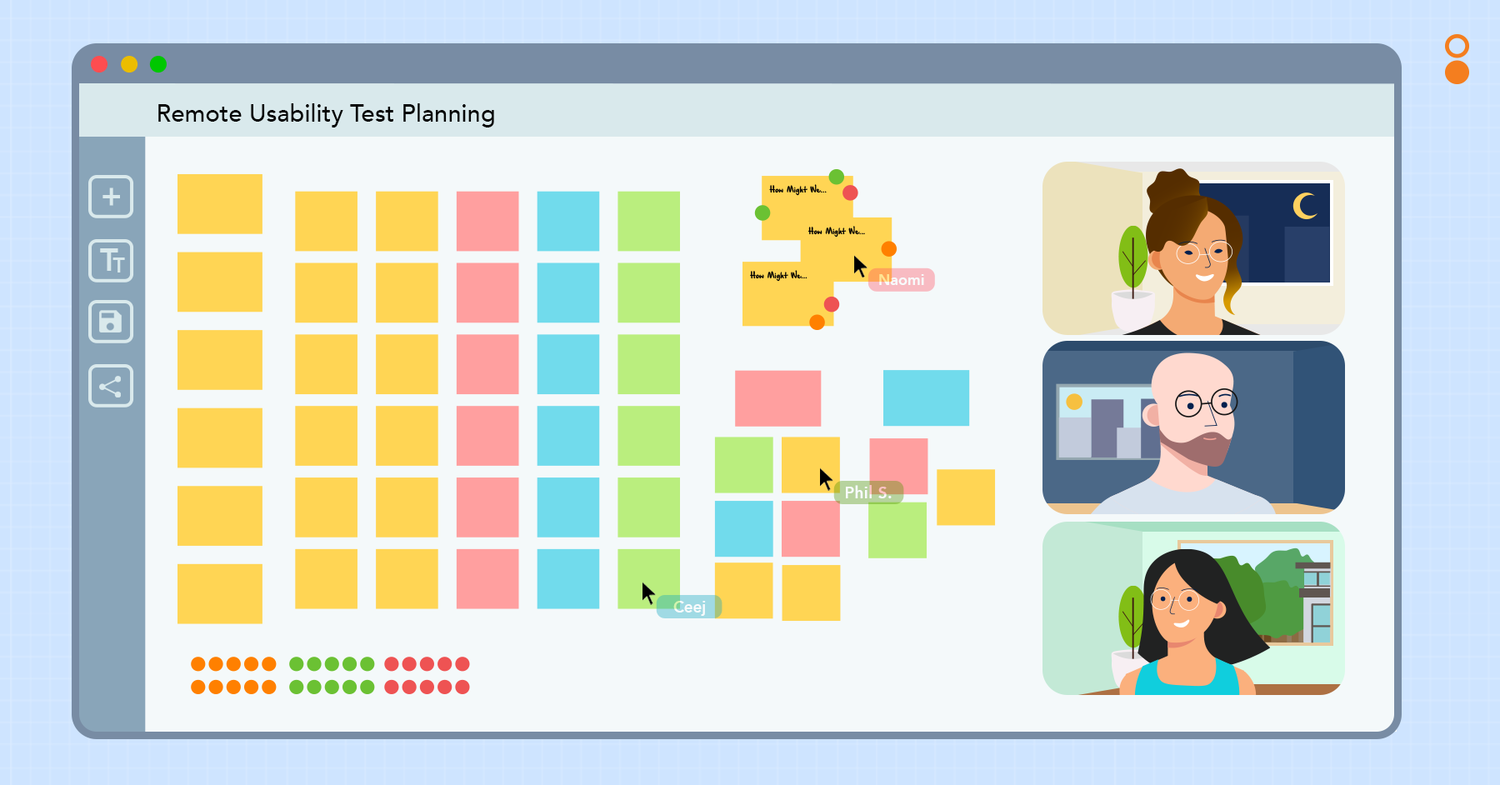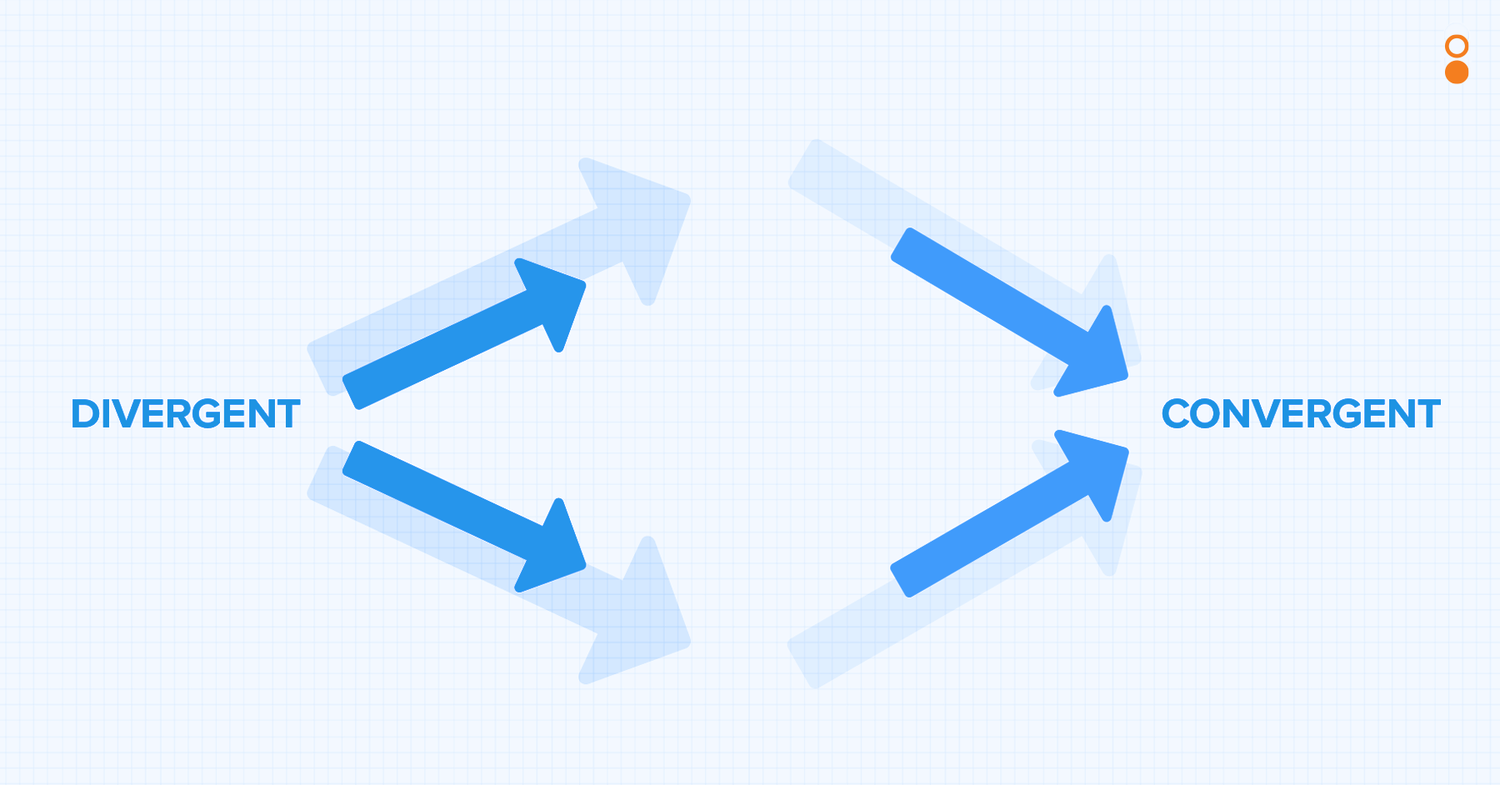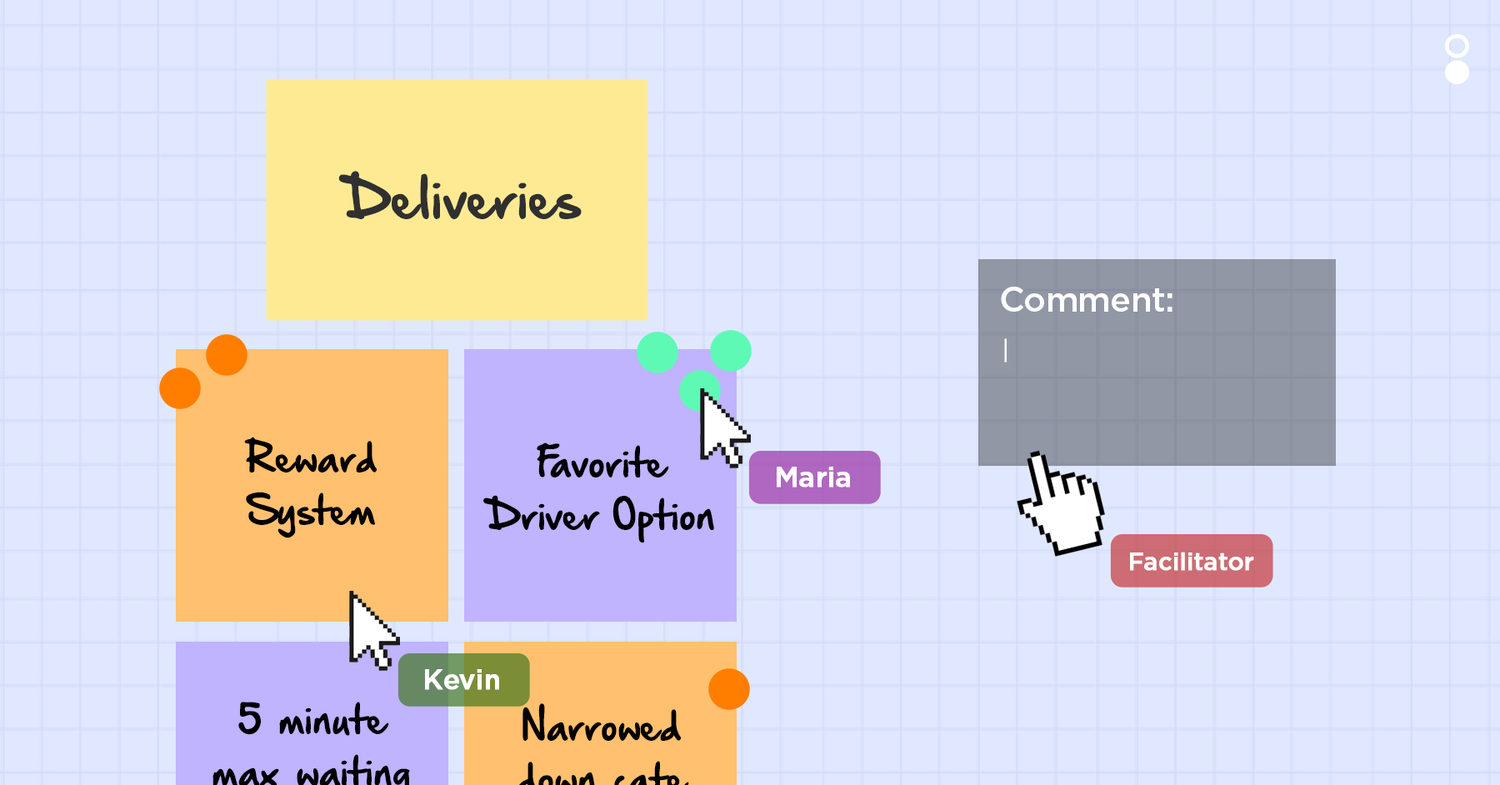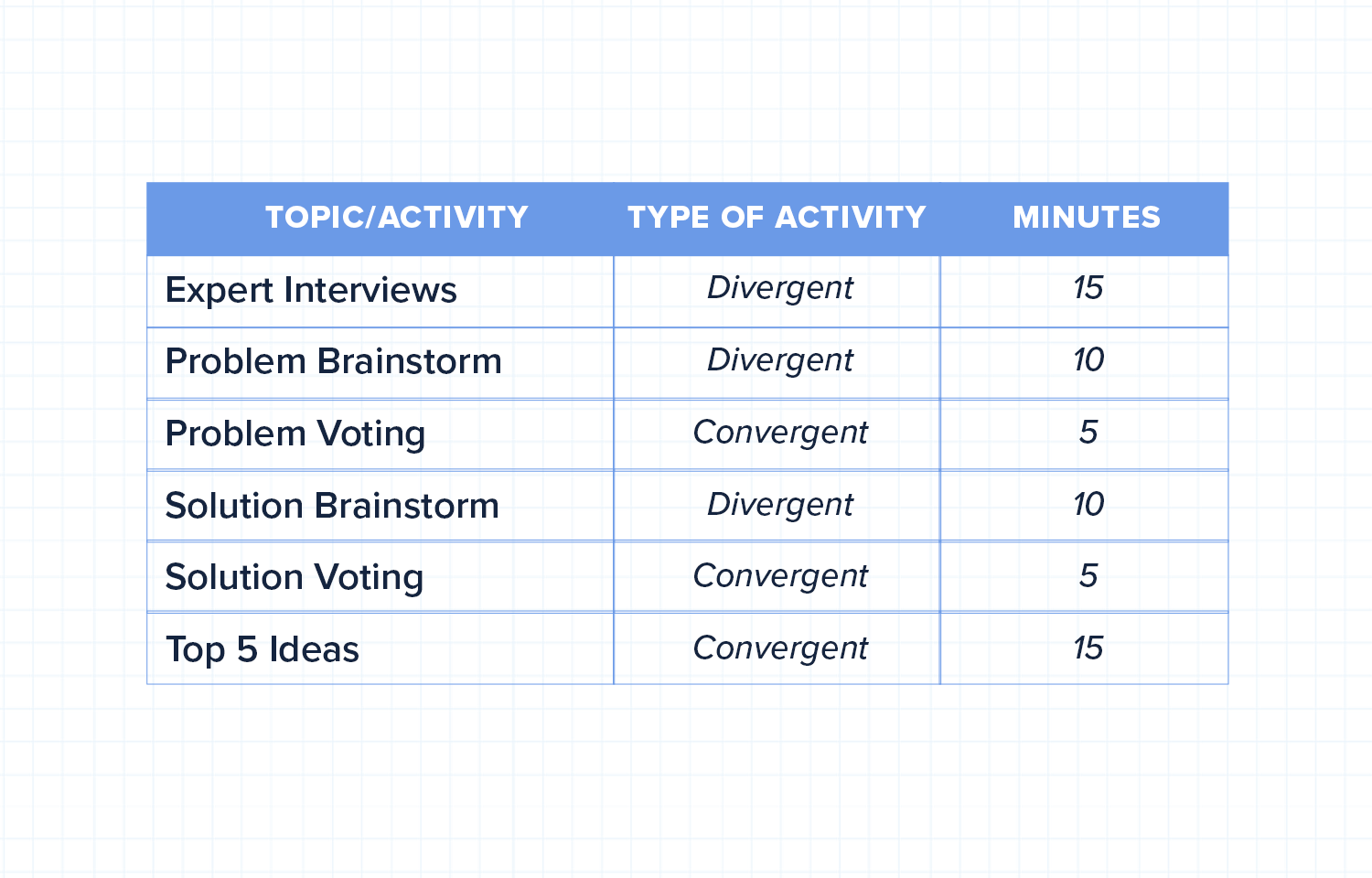
Nowadays, with the lack of conflicting schedules, prior commitments, and time spent commuting, it’s hard to say that you’re “too busy” to join a meeting.
As remote working becomes the new norm, it should be easier than ever to virtually gather teams— in theory. The reality, however, has been quite different.
Truly productive meetings are hard to come by. If collaboration was an issue for your team before the pandemic, remote working has probably not made it any easier.
Showing up to Zoom meetings is no guarantee that by the end of the discussion, your team will be able to plan out a strategy, delegate tasks, and create an organized system to maintain accountability for the work done.
Even the simple task of getting everybody on the same page can be difficult when everyone is virtually present but mentally elsewhere. This is completely understandable but in these times, collaboration and productivity are a necessity. We all need a new way to work.

It’s the only way that we can get past the obstacles brought on by COVID-19. And for most companies, adopting new ways to work productively isn’t a matter of fun, light-hearted exploration. For most, innovation is the key to survival.
Companies are seeking to maintain the same level of productivity that they had while in-office — or perhaps, even doubled productivity— to combat the negative economic impact from COVID-19. Effective team collaboration is needed now more than ever.
And before you rush into a subscription, it’s not about the collaboration tools we use either. While tools like Zoom, Basecamp, and Google Suite help the cause, it’s all about the conversations we have through these digital platforms. Productive remote working relies on how effectively we use the tools at our disposal. Most importantly, productivity depends entirely on the people doing the work.
Meetings are an integral part of getting work done. Through our client engagements and own employee experience, we’ve found that we can reach high levels of productivity during meetings by enhancing collaboration through guided facilitation.
By following these Design Thinking- based concepts and a few more tips we’ve prepared, you can hold more effective virtual meetings. This is just one of the ways this 5-step framework can help you design a new way to work for your remote teams.
An effective virtual meeting can be achieved through the collaboration of individuals assigned to specific, clearly-defined roles. These roles can be determined by formally assigning through the meeting email invite or simply agreed-upon at the start of the meeting. These roles should include:

To effectively take on a subject matter or problem innovatively, you need to consider two cognitive approaches: Divergent and Convergent Thinking. These contrasting modes of thinking are important to the Design Thinking methodology. These different concepts allow teams to work collaboratively by maximizing team members that naturally lean toward one of the mentalities.
People who are open, flexible, generate ideas, talk about opportunities and possibilities are considered as ‘Divergent Thinkers’. These people tend to enjoy diving into the unknown and unconventional. They do not fear trying out new things.
‘Convergent Thinkers’ are people who are analytical, critical, systematic, and enjoy critiquing ideas. These Thinkers are concerned with the logistics of how ideas turn into plans. They are the ones that tend to be more focused and find it easy to choose the best way to move forward.
Finding the right balance of people in a virtual meeting is necessary. Too many Divergent Thinkers can lead to a creative albeit messy and unorganized discussion. It will also be difficult to come to conclusive action points. On the other hand, too many Convergent Thinkers can create a rigid, overly serious environment where free-thinking ideation can be stifled due to fear of criticism.
The Facilitator should be aware of the types of thinkers present at the meeting to help the discussion run smoothly.

The Facilitator undoubtedly has the biggest load to carry during a meeting. An experienced moderator or facilitator will use various techniques to ensure that the meeting will flow harmoniously. An example of this is quick recaps and reflections after each discussion point to keep everyone on the same page.
The key responsibilities of a Facilitator include:
The Facilitator must also follow Divergent and Convergent Thinking throughout the meeting. This is done effectively by first, breaking down the problems so that the situation is understood by all and then, putting together the different ideas created by the team so that a collaborative solution is reached.
While there might appear to be a lot of pressure to be the meeting Facilitator, it isn’t a completely daunting task. You might have even acted in ways as the Facilitator in your own meetings without knowing it. But it goes without saying that it does pay off to have a Facilitator with vetted experience. This is especially true for crucial meetings with important, decision-making discussions.
The objective of these activities is to drive discussion, ideation, and decision-making. The shifts between divergent and convergent activities are led by the Facilitator. Knowing which mode of thinking we’re using in a given situation keeps everyone in the same mindset and on the same page. Below are some activities you can try out to achieve a more productive meeting:
Divergent activities: Explore

Convergent activities: Decide
Ideally, the flow of the virtual meeting would start from being divergent to create choices and then convergent to make choices. Along with introductions before and reflections after, this entire session can be completed in at least 90 minutes.
Here’s our recommended flow of the activities mentioned:

Pro Tip: Try not to extend each activity beyond the recommended time. Using the technique of ‘timeboxing’ can ensure that the participants will remain engaged and the discussion will be limited to the topic at hand.
The key to successful, productive virtual meetings is found through the combination of the right attendees, a smooth transition between divergent and convergent activities, and excellent facilitation.
By the end of the 90-minute virtual meeting, you’ll be able to keep your agenda in the right direction, create a list of potential solutions to an existing problem, and cultivate a team of engaged individuals who worked collaboratively to achieve a common business goal.
If you’d like to try this for yourself, we can also facilitate this workshop in a free session for you and your team. How can we help you and your team do your best remote work?